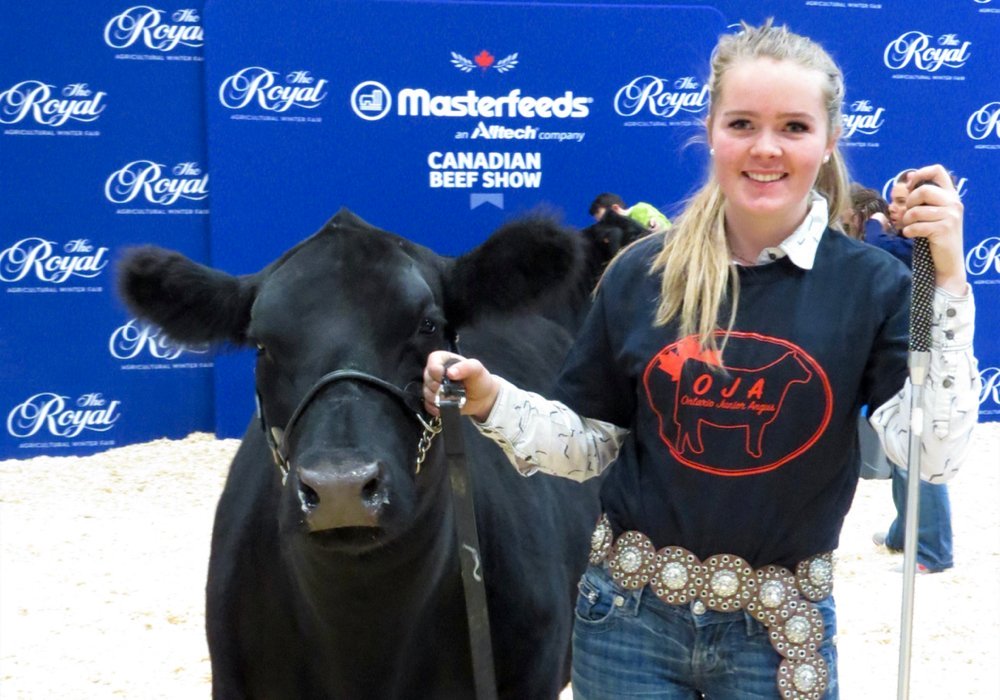The latest edition of the Real Dirt on Farming is out, and it continues to be a printed copy success story in a digital world.
There are more than three million copies of the agriculture information resource in print and the demand doesn’t appear to be dropping.
Farm & Food Care Ontario creates the publication designed to answer consumers’ questions about farming and food with forthright, easy-to-understand stories.
Kelly Daynard, executive director of Farm & Food Care Ontario, says the content is based on surveys with 2500 Canadians on their biggest questions about farming in Canada.
Read Also

U.S. livestock: Cattle strength continues
Cattle futures on the Chicago Mercantile Exchange were stronger on Friday, hitting fresh highs to end the week.
There have been topics that have been taken out of the publication and news ones have been added.
They hear no concerns about BSE anymore, says Daynard, but there’s more information needed on urban gardening, alternative protein sources like insects and sea farming.
The big four concerns remain the same from 2006. They include genetically modified organisms, pesticides, antibiotics and hormone use.
The latest edition covers farmers across the country and the resource is used nationally. It was supported by $100,000 donations from Wallenstein Feed & Supply Ltd. and CropLife Canada. It was released at the Farm & Food Care Harvest Gala and at the Royal Agricultural Winter Fair.
“In 2006 with this online world, we thought we wouldn’t need print, but it’s a lasting document,” says Daynard. “They want to keep it around. They want it handy. I can give it to somebody. I’m not sending them to a website that they may or may not go to.”
The organization blankets the country, sending copies to teachers, registered dieticians, mayors and other municipal leaders, along with inserting the document in major urban newspapers.
“It’s the stories. It’s the guy who takes it on the plane and leaves it in the seat pocket. It’s the person who leaves it in their doctor’s office. It’s something we create and then everybody owns,” says Daynard.
The resource is popular with farmers and industry workers because it helps them deal with the difficult questions they get from consumers, family and friends.
“People want to own it because they are asked tough questions. We’re in an industry where we’re asked tough questions. Sometimes they are afraid to answer. They can say this book will have the basic answers you’re looking for, with way more resources if you want anything else.”
The organization has had requests for other versions of the document and so a digest version and a French version will be available in January. There is also a website where the document can be downloaded at www.realdirtonfarming.ca.















